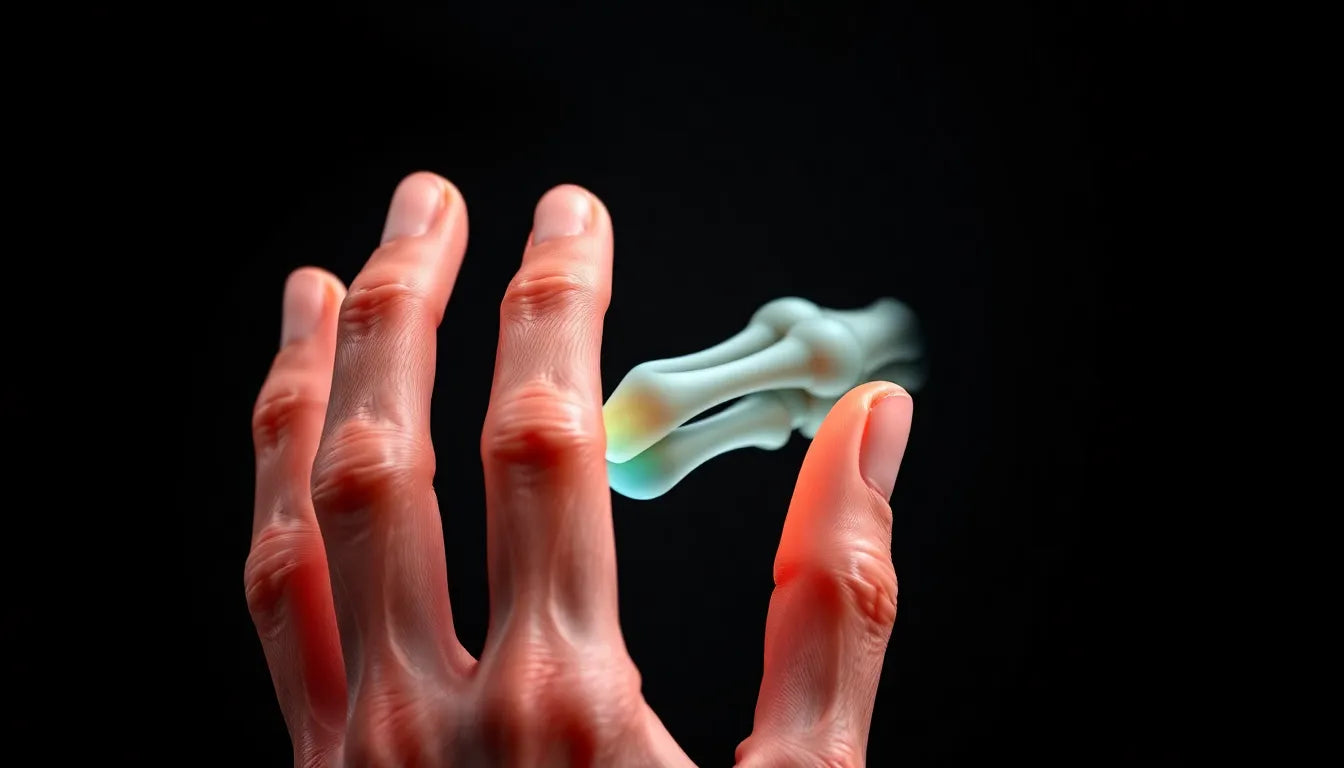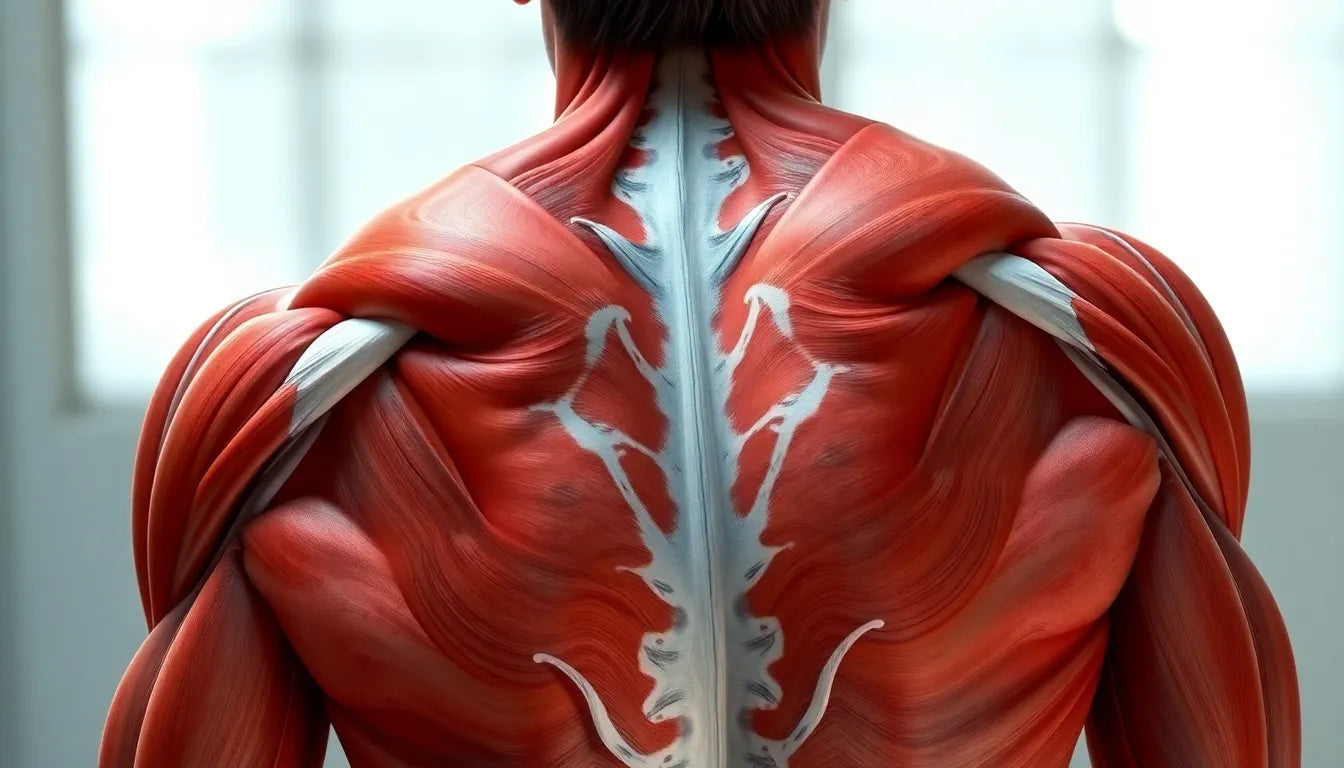Hip inflammation is a common yet often misunderstood condition that can significantly impact daily life. It involves the swelling and irritation of tissues around the hip joint, leading to discomfort and restricted mobility. This condition can manifest in various forms, but two of the most prevalent types are inflammatory arthritis and hip bursitis. Understanding these conditions, their symptoms, and available treatments is crucial for managing pain and enhancing quality of life.
Understanding hip inflammation
Inflammatory arthritis of the hip is an autoimmune condition that affects the joint lining, causing persistent pain, stiffness, and swelling. It is distinct from osteoarthritis, which is primarily due to wear and tear. On the other hand, hip bursitis involves the inflammation of the bursa—a small, fluid-filled sac that acts as a cushion between bones and soft tissues. This can cause pain on the outside of the hip or upper thigh, often making simple activities like walking or climbing stairs challenging.
The importance of recognizing the symptoms and seeking appropriate treatment cannot be overstated. Early intervention can prevent the progression of inflammation and help maintain mobility. Common signs include pain, swelling, and stiffness, which may vary depending on the underlying cause. For instance, inflammatory arthritis often presents with deep, persistent pain in the hip joint, while hip bursitis typically causes localized pain on the outer hip.
Common issues and concerns
Hip pain is a widespread issue that can affect individuals of all ages, potentially limiting their mobility and independence. The confusion in distinguishing between different types of hip inflammation often leads to delayed or incorrect treatment. Many people may not realize that the source of their discomfort could be inflammatory arthritis or bursitis, leading them to overlook effective treatment options.
This blog post aims to demystify hip inflammation by exploring its causes, symptoms, and treatment options. By understanding the nuances of these conditions, individuals can make informed decisions about their health and seek appropriate medical advice. Whether you are experiencing hip pain yourself or supporting someone who is, gaining clarity on these issues is the first step towards relief and improved quality of life.
Stay tuned as we delve deeper into the specifics of inflammatory arthritis and hip bursitis, exploring their symptoms, causes, and the best approaches for diagnosis and management. Understanding these conditions is crucial for anyone affected by hip inflammation, offering a pathway to effective treatment and a return to normal activities.
Types and conditions of hip inflammation
Understanding the specific types of hip inflammation is essential for effective diagnosis and treatment. Two major conditions that often lead to hip inflammation are inflammatory arthritis and hip bursitis. Each of these conditions has distinct characteristics and affects the hip differently.
Inflammatory arthritis of the hip is primarily an autoimmune condition where the body's immune system mistakenly attacks the joint lining. This condition is different from osteoarthritis, which is caused by wear and tear of the joints. Inflammatory arthritis leads to persistent inflammation, resulting in deep-seated pain, stiffness, and swelling in the hip joint. The pain often radiates to surrounding areas such as the groin, outer thigh, or buttocks and may be accompanied by systemic symptoms like fatigue or fever.
On the other hand, hip bursitis involves the inflammation of the bursa, which are small fluid-filled sacs that provide cushioning between bones and soft tissues. Bursitis can occur in various locations around the hip, such as the trochanteric bursa on the outer hip, the iliopsoas bursa near the groin, or the ischial bursa in the buttock area. The most common symptom of hip bursitis is pain on the outside of the hip or upper thigh, often accompanied by swelling, tenderness, and sometimes redness or warmth.
Symptoms to watch for
Recognizing the symptoms of hip inflammation is crucial for early intervention and management. For inflammatory arthritis, symptoms often include persistent, deep pain in the hip joint, stiffness, and swelling. The pain might worsen in the morning or after prolonged inactivity, leading to difficulty in walking or limping.
In contrast, hip bursitis typically presents with localized pain on the outer side of the hip or upper thigh. This pain may intensify with activities such as walking, climbing stairs, or lying on the affected side. Swelling and tenderness over the affected bursa are common, and in some cases, the area may feel warm to the touch.
Understanding causes and risk factors
Identifying the causes and risk factors of hip inflammation can aid in prevention and targeted treatment. Inflammatory arthritis is primarily driven by autoimmune processes, where genetic factors and infections may play a role in triggering the condition. Unlike osteoarthritis, it is not related to mechanical wear and tear.
Hip bursitis, however, is often caused by overuse, direct injury, or repetitive motion that irritates the bursa. It is more prevalent in older adults and individuals with certain medical conditions. Activities that involve repetitive hip movements or prolonged pressure on the hip can increase the risk of developing bursitis.
Diagnosing hip inflammation
Accurate diagnosis of hip inflammation involves a comprehensive approach that includes medical history, physical examination, and diagnostic tests. Healthcare providers often rely on imaging techniques such as X-rays or MRI to visualize the hip joint and surrounding structures. Laboratory tests may be conducted to check for inflammatory markers like ESR (erythrocyte sedimentation rate) and CRP (C-reactive protein), which help differentiate between inflammatory arthritis and other conditions.
Understanding the specific type of hip inflammation is critical for effective management. Differentiating between arthritis and bursitis involves assessing the location of pain, the presence of systemic symptoms, and sometimes aspirating fluid from the bursa to rule out infection.
In the next section, we will explore various treatment options available for managing hip inflammation, including both conservative and medical interventions. Understanding these treatment modalities can empower individuals to make informed decisions and seek appropriate care, ultimately leading to improved quality of life.
Treatment options for hip inflammation
Managing hip inflammation effectively requires a tailored approach that considers the specific condition and its severity. Both inflammatory arthritis and hip bursitis can benefit from a variety of treatment strategies, ranging from conservative measures to more advanced interventions.
General measures for relief
Nonsteroidal anti-inflammatory drugs (NSAIDs) are commonly used to alleviate pain and reduce inflammation in both conditions. Physical therapy plays a crucial role in maintaining joint mobility and strengthening the surrounding muscles, which can help prevent further injury. Lifestyle modifications, such as weight management and activity adjustments, are also essential. Using assistive devices like canes or walkers can provide additional support and reduce strain on the hip joint.

Lumbar support belt
Provides adjustable lower back support and relief for pain or tension, ideal for daily use.
Specific treatments for inflammatory conditions
For autoimmune/inflammatory arthritis, disease-modifying antirheumatic drugs (DMARDs) or biologic agents may be prescribed to target the underlying immune response and slow disease progression. These medications are often used in conjunction with standard pain relief measures to optimize outcomes.
In the case of hip bursitis, conservative treatments such as rest, ice application, and stretching exercises are typically effective. Physical therapy can assist in improving flexibility and reducing symptoms. For more severe cases, corticosteroid injections may be administered to provide rapid relief. Surgery is considered a last resort, usually reserved for cases where bursitis does not respond to other treatments.
Surgical interventions
Surgery is generally a consideration for individuals with advanced disease who have not found relief through conservative treatments. For inflammatory arthritis, hip replacement surgery may be necessary to restore function and relieve pain. In cases of severe bursitis, surgical removal of the affected bursa may be performed.
Self-management and prevention strategies
Empowering individuals with self-management strategies is key to preventing recurrence and managing symptoms. Maintaining a healthy weight can significantly reduce stress on the hip joint, while ergonomic aids and products can enhance mobility and comfort. Engaging in low-impact exercises, such as swimming or cycling, can help maintain joint health without exacerbating inflammation.

Men's Posture Shirt™ - Black
Patented Posture Shirt™ activates muscles to improve posture and relieve pain during activity or rest.
Frequently Asked Questions
What is the main difference between hip arthritis and hip bursitis?
Hip arthritis involves inflammation of the joint lining due to an autoimmune response, whereas hip bursitis is the inflammation of the bursa, a cushioning sac near the hip joint. The primary difference lies in the affected tissue and the nature of the inflammation.
When should I see a doctor for hip inflammation?
It is advisable to consult a healthcare provider if you experience persistent hip pain, swelling, or difficulty bearing weight. Early diagnosis and treatment can prevent further complications and improve quality of life.
Can lifestyle changes really help manage hip inflammation?
Yes, lifestyle changes such as weight management, regular exercise, and ergonomic adjustments can significantly contribute to managing hip inflammation. These measures help reduce strain on the hip joint and improve overall mobility.
Are there any specific exercises recommended for hip inflammation?
Low-impact activities like swimming or cycling are often recommended for individuals with hip inflammation. A physical therapist can guide you in developing a personalized exercise plan that focuses on stretching and strengthening the hip muscles.
What are the risks of not treating hip inflammation?
Failing to address hip inflammation can lead to increased pain, reduced mobility, and potential joint damage. Early intervention is crucial to prevent these complications and maintain a good quality of life.
Kilder
- Hoag Orthopedic Institute. "Hip Bursitis."
- American Academy of Orthopaedic Surgeons. "Hip Bursitis."
- Aurora Health Care. "Hip Bursitis."
- Silverman, MD. "Hip Bursitis."
- Louisville Hip & Knee Institute. "Conquer Hip Inflammatory Arthritis: Causes, Symptoms, and Treatment."
- Cleveland Clinic. "Trochanteric Bursitis."
- American Academy of Orthopaedic Surgeons. "Inflammatory Arthritis of the Hip."
- Mayo Clinic. "Bursitis: Diagnosis and Treatment."
- Cleveland Clinic. "Hip Pain."
- NHS. "Bursitis."
- Cleveland Clinic. "Hip Arthritis."
- Dignity Health. "Hip Bursitis: Diagnosis and Treatment."
- Penn Medicine. "Hip Pain."
- Froedtert & the Medical College of Wisconsin. "Hip Bursitis."
- Mayo Clinic. "Hip Pain: Causes."
- Stanford Health Care. "Bursitis Treatments."
- UChicago Medicine. "Hip Care."


















